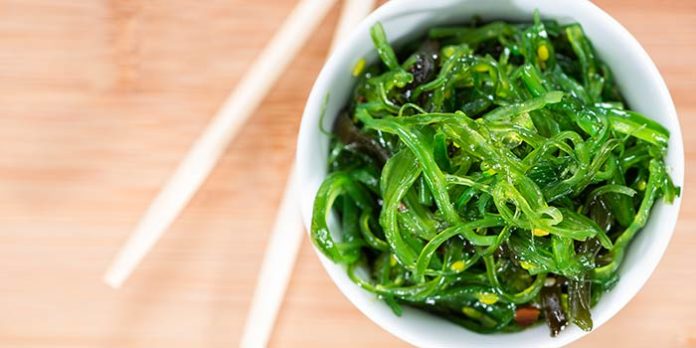Stanford Scientists Modulate Gut Microbiome with the Help of Seaweed
With the mounting information about the complexity and the broad influence gut microbes, seems like “you are what you eat,” has a bacterial component. Now, a new Stanford study has used animal models to demonstrate how the manipulation of these gut bacteria could potentially enhance our health or help fend off disease.
“We’re all endowed with a microbial community in our guts that assembled in a chaotic manner during our first few years of life,” says Justin Sonnenburg, an author on the new study. “Although we continue to acquire new strains throughout life, this acquisition is a poorly orchestrated and not-well-understood process. This study suggests it could be possible to reshape our microbiome in a deliberate manner to enhance health and fight disease.”
We are all living in the era of burgeoning field of probiotics consuming good strains of bacteria to keep healthy and deal with illnesses. The team in the current study intended to delve deeper into this idea and wanted to explore if these populations of microbes could, in some ways be altered, so as to dictate the composition of this population in a precise manner.
To investigate
, Sonnenburg and his colleagues looked at a particular strain of gut bacteria with the capability to digest seaweed predominant in the Japanese cuisine and rare elsewhere. They then screened the bacterium to find a carbohydrate called porphyran. “The genes that allow a bacterium to digest porphyran are exceedingly rare among humans that don’t have seaweed as a common part of their diet,” explains Sonnenburg. “This allowed us to test whether we could circumvent the rules of complex ecosystems by creating a privileged niche that could favor a single microbe by allowing it to exist in the absence of competition from the 30 trillion other microbes in the gut.”Further, the team introduced these microbial populations into animal models. Mice that were fed a regular diet of mouse chow, the porphyran-digesting strain was able to engraft in two groups of these animals to varying and limited degrees- one groups with human gut bacteria rejected the new strain completely.
Another group which was fed a porphyran-rich diet, produced results dramatically different- the bacteria engrafted robustly at similar levels in all the mice. Furthermore, the team was able to precisely calibrate the population size of the engrafted bacteria by increasing or decreasing the amount of the consumed seaweed.
“The results of this dilution experiment blew us away,” Sonnenburg said. “The direct effect of diet on the bacterial population was very clear.”
“We can use these gene modules to develop a vast toolkit to make therapeutic microbial treatments a reality,” Sonnenburg said. “Porphyran-digesting genes and a diet rich in seaweed is the first pair, but there could potentially be hundreds more. We’d like to expand this simple paradigm into an array of dietary components and microbes.”






























